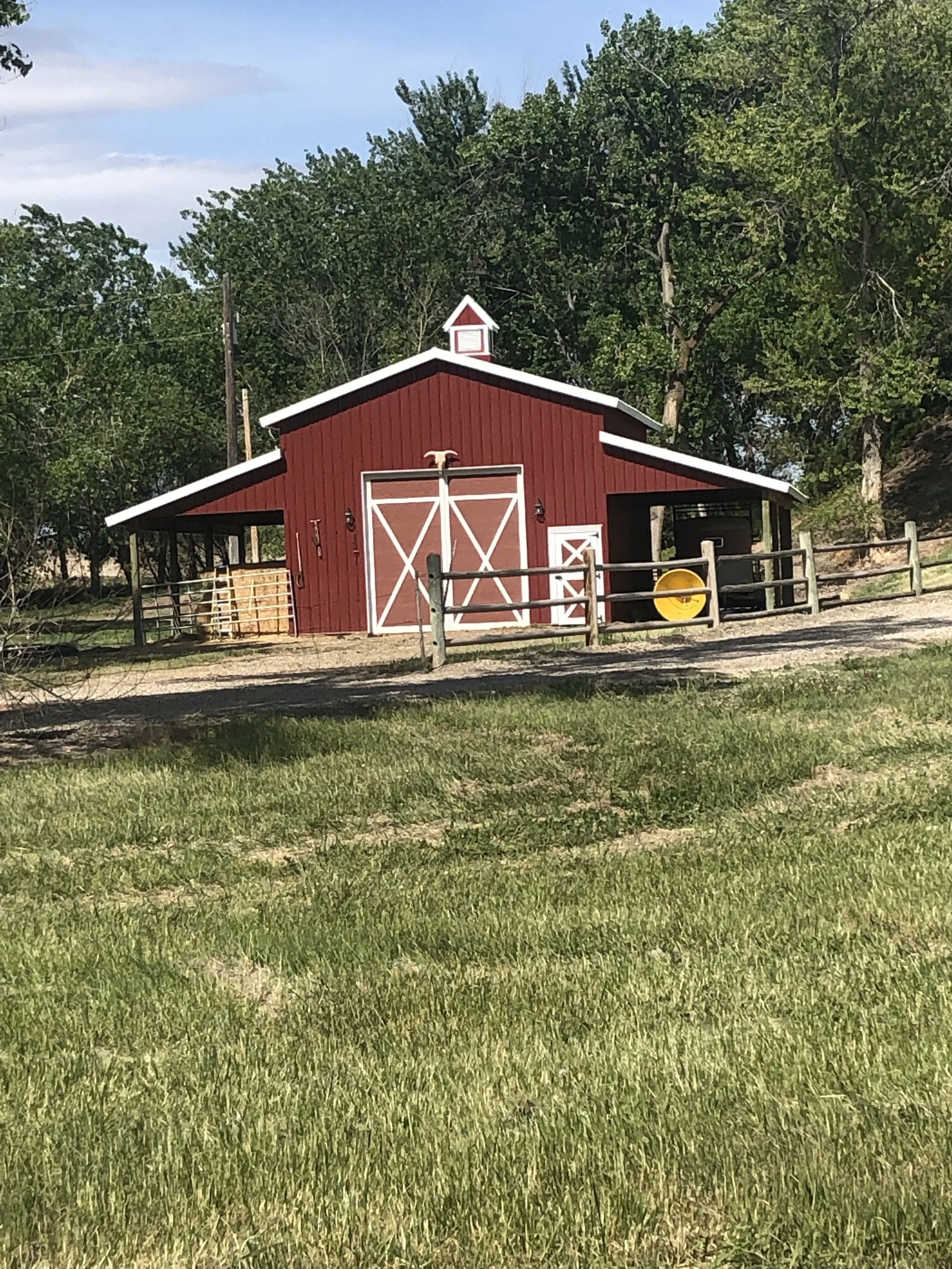Today was all about dairy farms, as I rode from Hammett, Idaho to Heyburn, Idaho on the plains north of the Snake River.
In the back of my mind, I like to think that my dairy products come from cows munching on grass in beautiful pastures. Something like this shot from early in the day.
But I know the reality is that most dairy farms look more like this.
I passed miles and miles of feed lots like this one. The cows are lined up with their heads through a grate (they can easily move in and out of the grate) and forage is spread out along the row in front of them. As I rode along lines of cows like these, they would lift their heads as I passed by, looking quizzically at me before returning to their feed.
I also passed many fields growing the alfalfa that was turned into feed:
And huge covered mounds of forage ready to be trucked to the feed lots. I was also passed by fair number of trucks full of forage!
We arrived at our RV Park adjacent to the Snake River about 2:00 this afternoon, just as thundershowers were spreading over the area. The showers missed us, but it was dark and windy for several hours as we ran errands and found dinner in the nearby town of Burley.
The evening cleared after dinner giving us a beautiful view of the wide part of the Snake River just outside our RV, and the still snow capped Albion Mountains to our south.
Here is today’s barn — the only one I saw all day, just a few miles after I started.
I also put in a guest appearance today on “The Conversations” blog. Read about Bill RIngert, a former Idaho State Senator and current winery owner here.
The technical stuff:
81.2 miles
2,606 feet of climbing
Average speed 15.4 miles per hour
Weather: Partly cloudy with high hazy clouds in the morning and thundershowers in the area by late afternoon. Low 50s at the start and low 80s at the end. Light winds were not really a factor except for a bit of a tailwind at the end of the day.
You can see the entire route to date here.



































































































